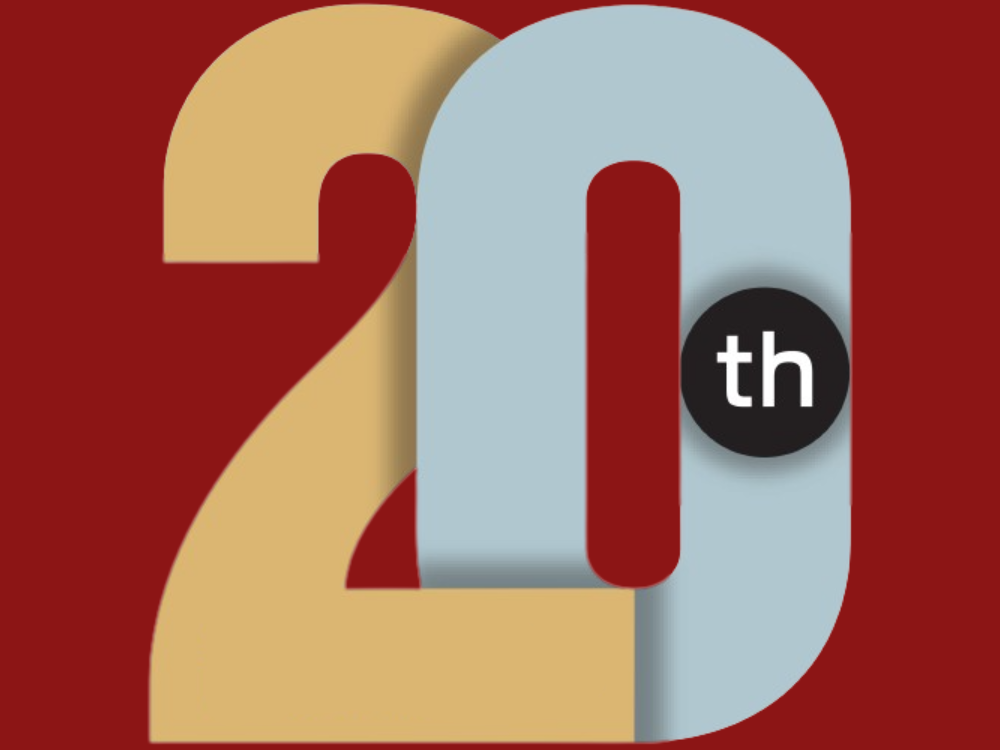 (Illustration by iStock/akinbostanci)
(Illustration by iStock/akinbostanci)

Twenty years ago this spring, in the very first issue of the Stanford Social Innovation Review, then-Ford Foundation president Susan Berresford called for sweeping social change to address systems that were “unfair, needless, or simply out of date.” 1
During the decades since, social innovators have delivered on much of Berresford’s vision. Multilateral partnerships and widespread economic-development initiatives have cut global poverty in half.2 An additional 82 million girls3 across the Global South now attend school. Meanwhile, maternal deaths have decreased by more than 38 percent,4 saving millions of lives.
At the same time, transformations in our markets, environments, cultures, and institutions have radically altered the way we live and work together. The proportion of people with internet access globally has quintupled.5 And socially responsible investment in the United States has grown by more than $12 trillion.6
And yet, for all that has changed, Berresford’s challenge remains urgent. Far too often, for far too long, advancing innovation has been accompanied by unfair, needless, and widening inequality. Take, for example, poverty. Although the number of people living in extreme poverty has dramatically shrunk, the gap between rich and poor is widening around the globe.7 Resources are increasingly consolidated in the hands of the few—primarily those who reside in the Global North.
As a result, hard-earned gains in global health and well-being are receding and the economic fallout of international conflict has thrust 345 million people into life-threatening food shortages.8 My own field of philanthropy is not immune. Despite philanthropy’s tremendous progress in devising new ways to deliver funding and identify grantees, the sector’s resources remain concentrated in white-led organizations headquartered in the Global North.
Innovation alone, it is clear, cannot close the gaps between those with resources and those without—between those prioritized by international decision-making and funding and those left off the global agenda. For those of us who have spent our lives in social change and social impact, this is a monumental turning point.
As we celebrate the last two decades of SSIR—and look forward to the next two—we must double down on our commitment to ensure that innovation and equality are not at odds with each other, and we must support the individuals, institutions, and ideas that harness the former to pursue the latter.
Today, that commitment finds its fullest expression in three key, cross-sector reforms: holistic, intersectional approaches; solutions that take the long view of progress and reinforce civil society; and increased support and global attention to local leadership, particularly in the Global South. These reforms can help flip the dominant script in philanthropy and in other key sectors. And together, they carry the potential to revise social innovation for the better, so that emerging solutions can dismantle the structures propelling and sustaining inequality, rather than reproduce them.
Approaching Innovation with an Intersectional Lens
To begin, we must center those most marginalized by inequality and approach innovation with an intersectional perspective. As experts, we understand the landscape of our fields—the potential roadblocks to success, the nascent opportunities for growth. At the same time, we may not always possess the equally critical knowledge that comes with firsthand experience.
Those directly affected by inequality and most proximate to its myriad consequences can diagnose the everyday effects of structural barriers and propose the most effective solutions to urgent needs. What’s more, given the ways that discrimination and inequality are magnified at the intersections of race, gender, disability, class, and other marginalized identities, the individuals who hold those multiple identities are most adept in building the necessary partnerships and coalitions to bring about change by effectively organizing across communities.
In other words, complex, intersectional problems demand intersectional solutions. To disrupt inequality, social innovators must understand the way identity shapes our exposure to systemic harm and build on the strength that lies in resisting those harms. Take, for example, the uneven political and social impacts of new technologies, which have created opportunities, but have also amplified disinformation and divisions and ushered in biased algorithms and more expansive surveillance. A group of scholars, organizers, educators, advocates, and artists have developed Just Tech Fellowships to “rethink assumptions about who might imagine, design, build, and oversee the technologies that are shaping our future.” 9
The inaugural cohort of Just Tech Fellows draw on their own experiences and expertise to reduce barriers to equipment access, maintenance, and customization for people with disabilities; analyze the impact of carceral technologies on Black students in public school systems; and map surveillance practices and technologies that target marginalized communities, among other efforts.
By centering the people who have directly experienced the faults and failures of our current systems, we can replace injustice with inclusion, and innovate more effectively at every turn.
Leveraging Innovation for the Long Term
We must also recognize that progress often provokes backlash—two steps forward, one step back. With this in mind, thoughtful social innovations, shaped with foresight and principle, can provide a stable foundation for civil society and a critical guardrail against democratic backsliding.
Consider social progress during the past two decades. Each subsequent “win” has come with its own equal and opposite contest. Today, democracies are faltering globally, leaving hard-won rights in peril. Democratic backsliding at this scale endangers equality everywhere. Allowing such backlash to continue is shortsighted, for healthy democracy is the crucial prerequisite to any lasting social change.
Social innovation has already provided some much-needed resistance against the global creep of authoritarianism. But most significant social innovations take between 20 and 30 years to become established. Our task is to “flip the script” in philanthropy from short-term grantmaking to long-term support and long-term strategy.
Long-term, cross-sector collaboration—from bolstering economic equality to supporting civic space—can provide wraparound support for democracies. At the Ford Foundation, we’re building that collaborative infrastructure through programs like Weaving Resilience, an $80 million initiative that supports robust civil society organizations across the Global South. Alongside our partners on the ground in eight regions, we’ve committed to sustained support for the organizations on the front lines of the fight for social justice, so they can defend the civic space they need to thrive.
Social innovators are uniquely positioned to convene new initiatives and facilitate these connections—already, they work in the intersections between sectors and areas of expertise. Their insights can shape innovations that look past easy victories to sustain our democracies for the long haul.
Advancing Innovation Where It Matters Most
Taking the long view will require new funding strategies, partnerships, and, crucially, new leaders. To that end, we must support the strength, the visibility, the power, and the influence of ideas, individuals, and institutions from outside the dominant frames that shape and distort our world—be they whiteness, US exceptionalism, or centering the Global North at the expense of the Global South.
By looking beyond our own backyards, we can help build the strength, visibility, and power of local leaders across the world—particularly in the Global South, where countless innovative individuals and institutions are already laying the foundation for a more just and inclusive world.
We’re inspired by organizations like WIEGO, a global research, policy, and advocacy network focused on empowering the working poor, especially women, by making grants to organizations representing millions of domestic and home-based informal workers, street vendors, and waste pickers in more than 90 countries. These informal workers have been on the front lines of the COVID-19 pandemic but have been devastated by the lack of social and labor protections during the crisis. The initial $25 million in funding from the Ford Foundation will help ensure informal workers have a seat at the table to have their voices, demands, and needs heard at the national and global levels. Already, their work has shaped international labor agendas in the highest halls of power.10
Likewise, we’re moved by grassroots organizations like The Access to Vaccines Coalition in Indonesia, which partnered with civil society, Indigenous communities, disability groups, and the government to fully vaccinate 80 percent of the total population. In every corner of the globe, in every sector, new leaders are confronting inequality in creative, comprehensive ways. We ought to invest in and scale their work, rather than try to reinvent it.
Taken together, these three reforms will help us address the root causes of inequality in every sector, including philanthropy itself. And working in partnership, we can chart and follow a clear road map for change—for the next twenty years, and long after.
If the challenge of the past two decades has been to reckon with systems that are unfair, needless, and out-of-date, the challenge of our time is to replace them with systems that are more inclusive, more equitable, and built on an enduring foundation of justice for all.
Support SSIR’s coverage of cross-sector solutions to global challenges.
Help us further the reach of innovative ideas. Donate today.
Read more stories by Hilary Pennington.

